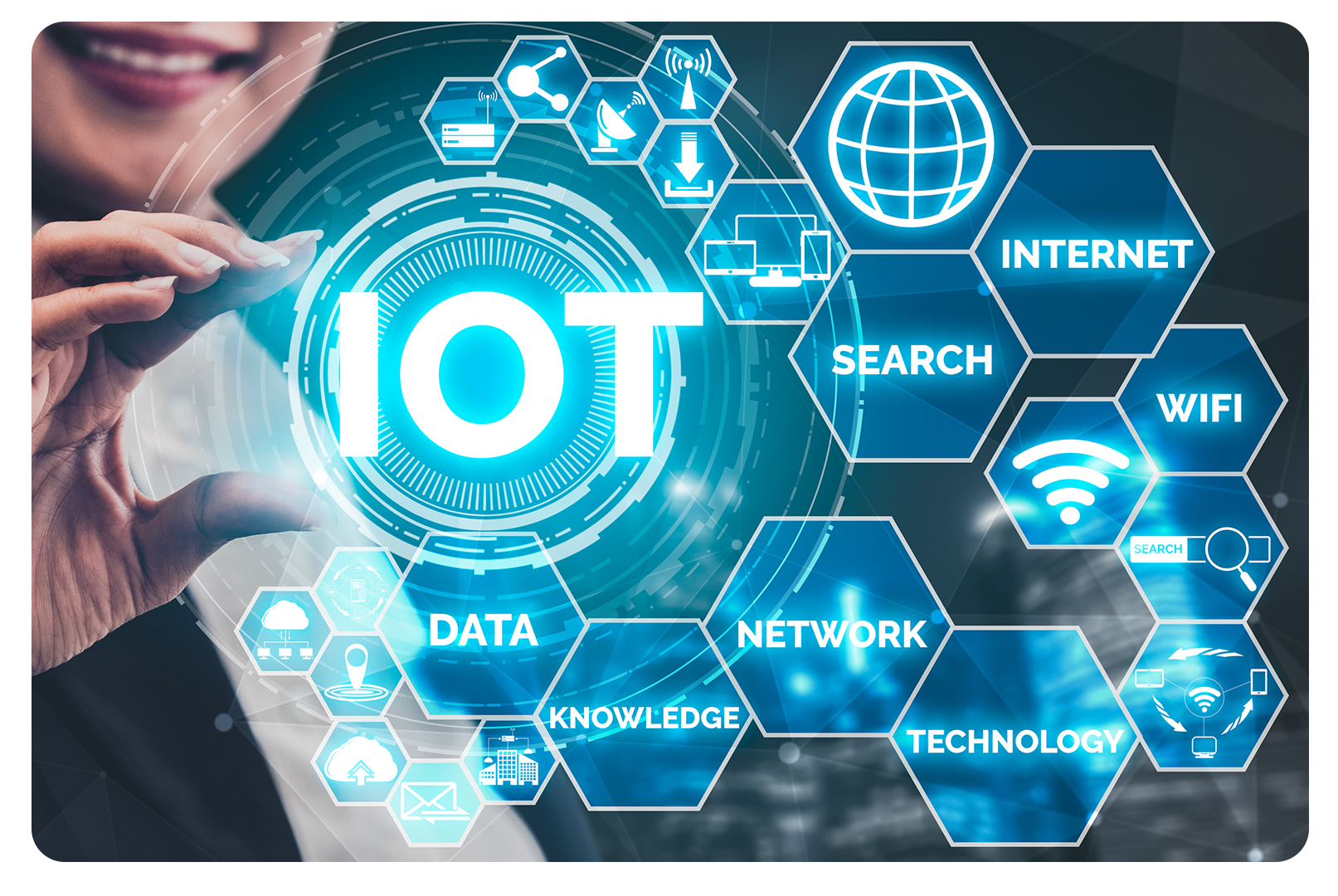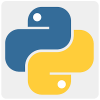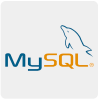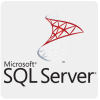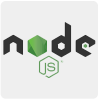We are in a digital world
Internet Of Things
Connected devices, also referred to as the Internet of Things, is the ability of one device to “talk” to another device without needing human interaction. Using a combination of sensors and connectivity technology such as Bluetooth, WiFi, cellular networks and others, information regarding people and processes is shared and updated.
Combined with other capabilities such as data storage, analytics, visualization tools and security, connected devices are impacting the way all industries, governments and consumers interact with the physical world.


